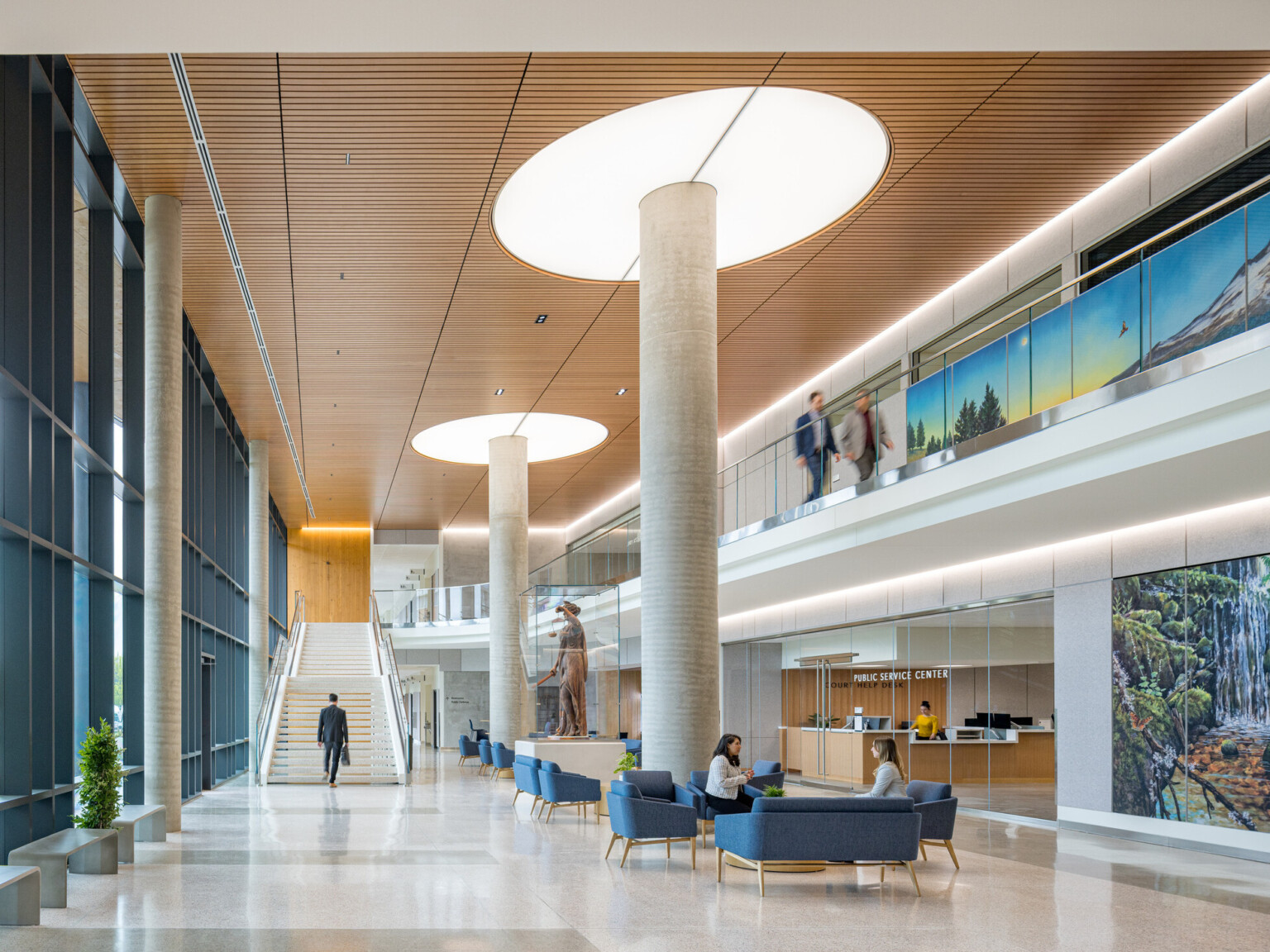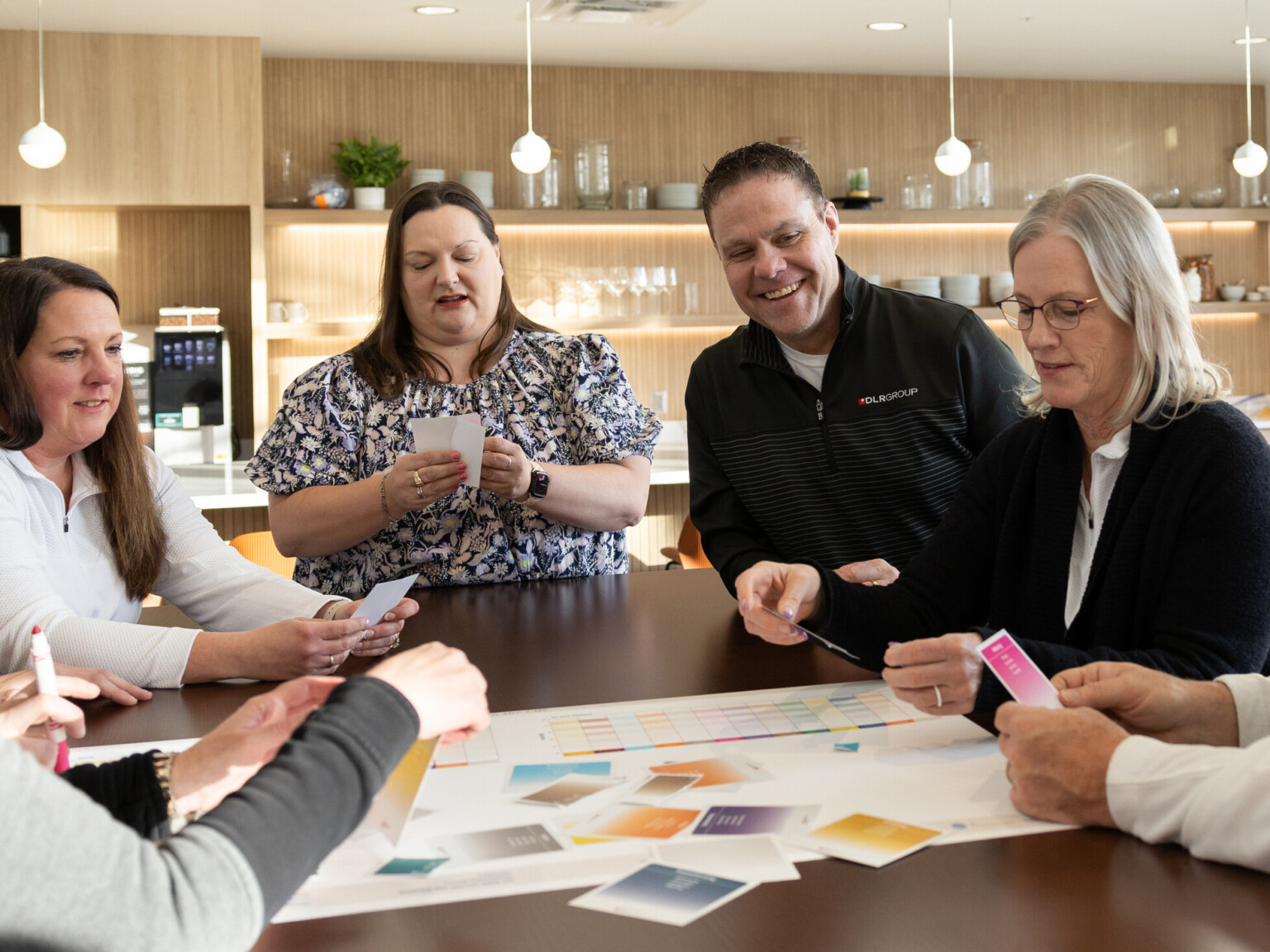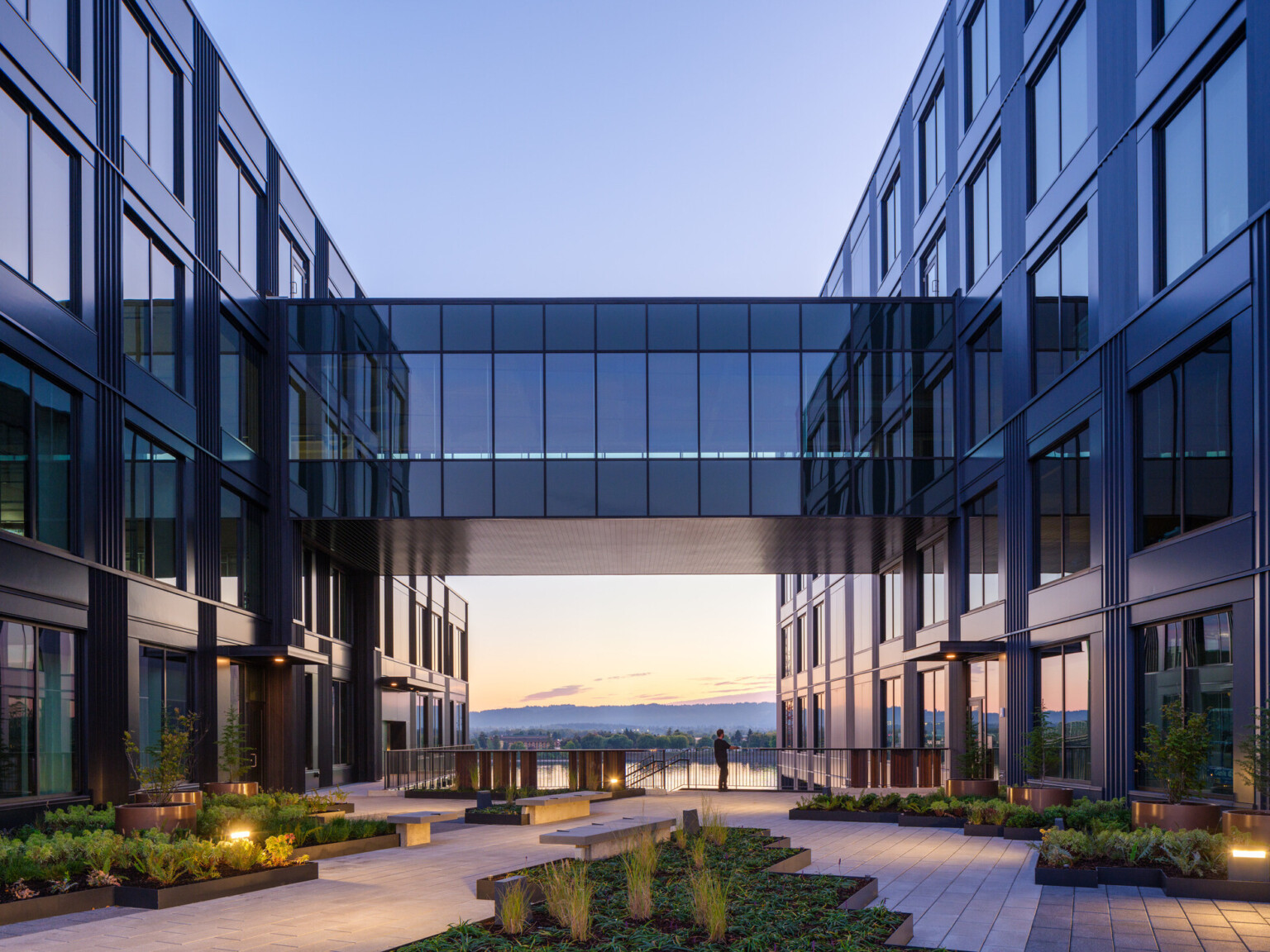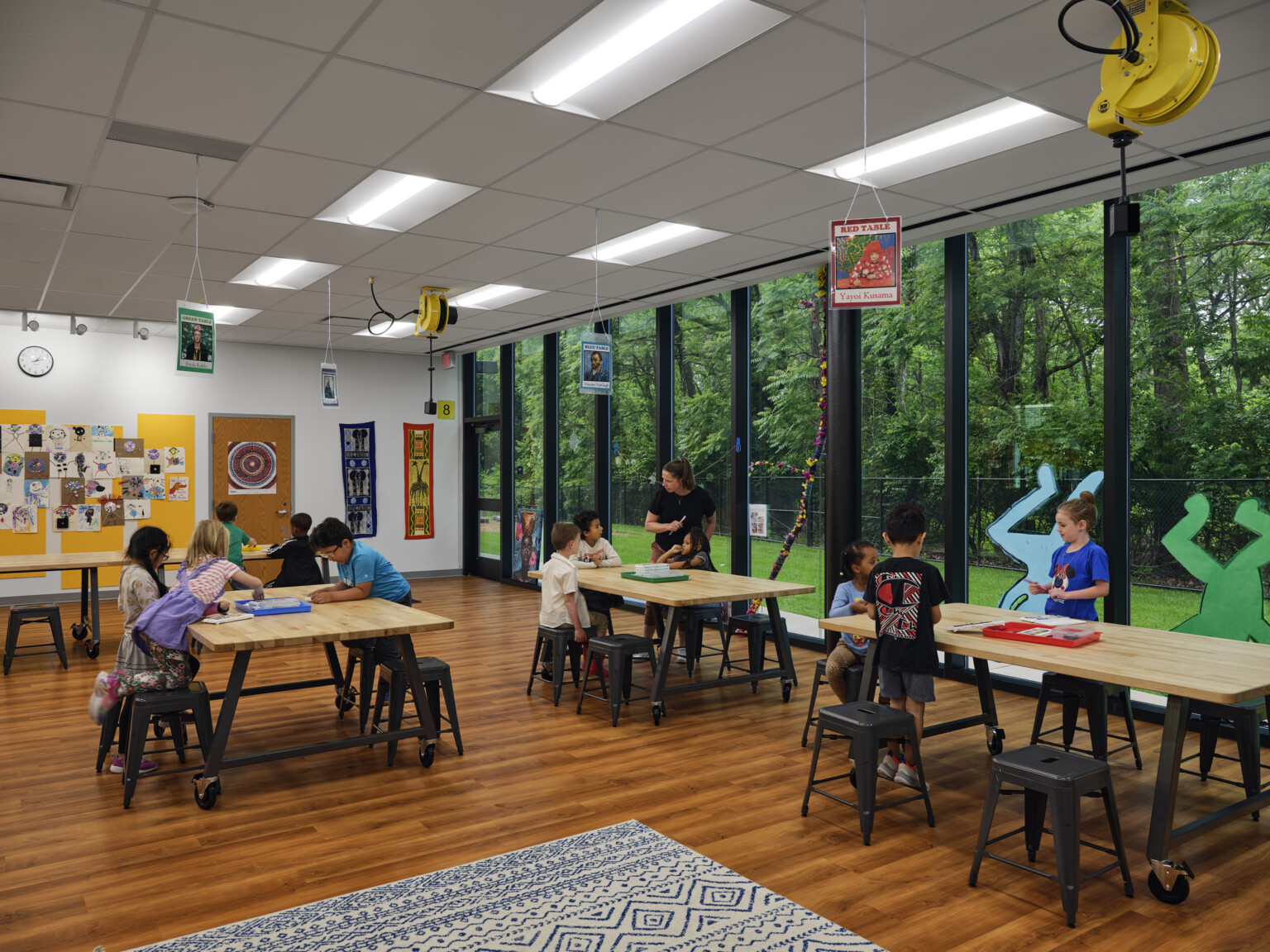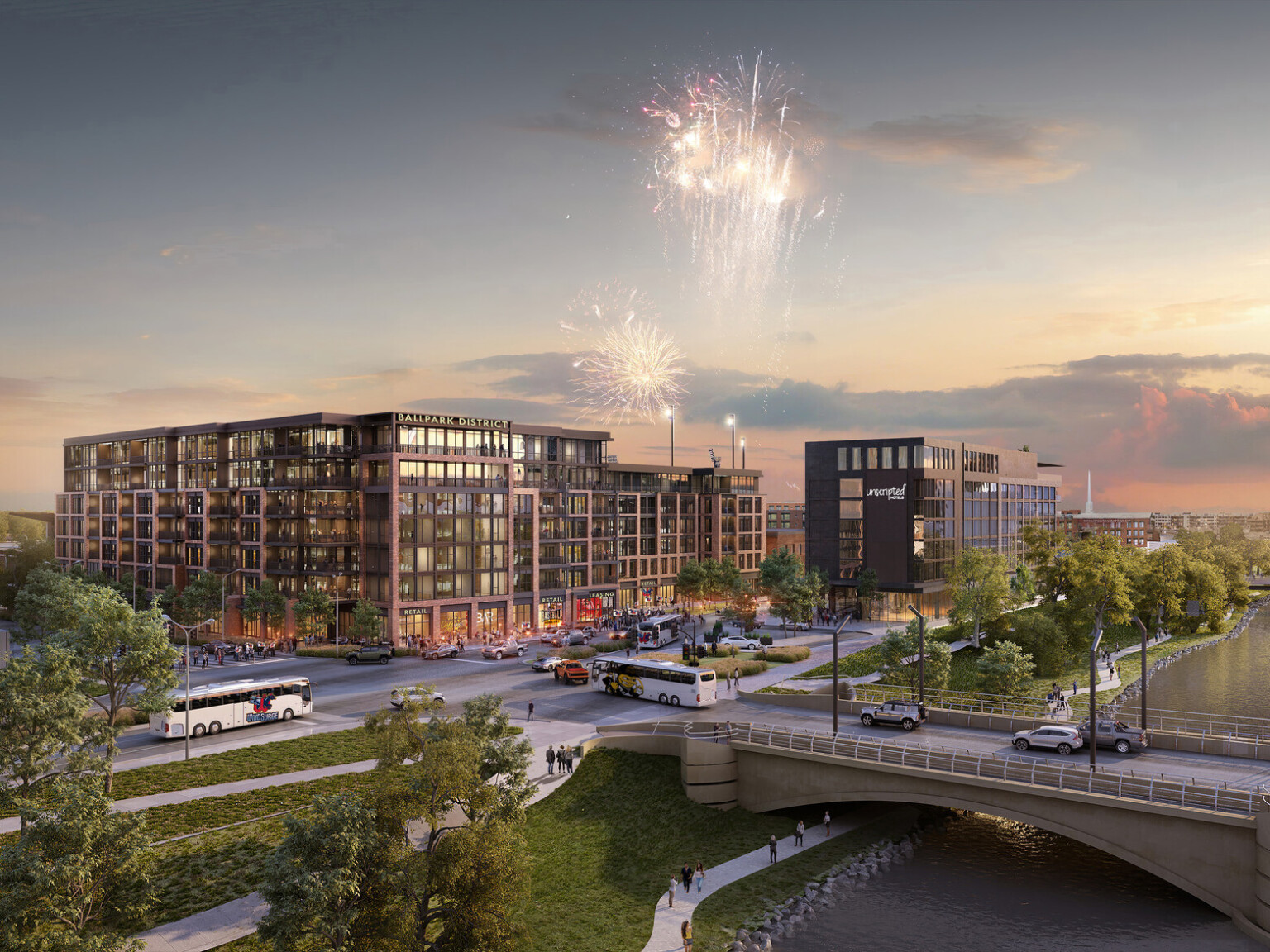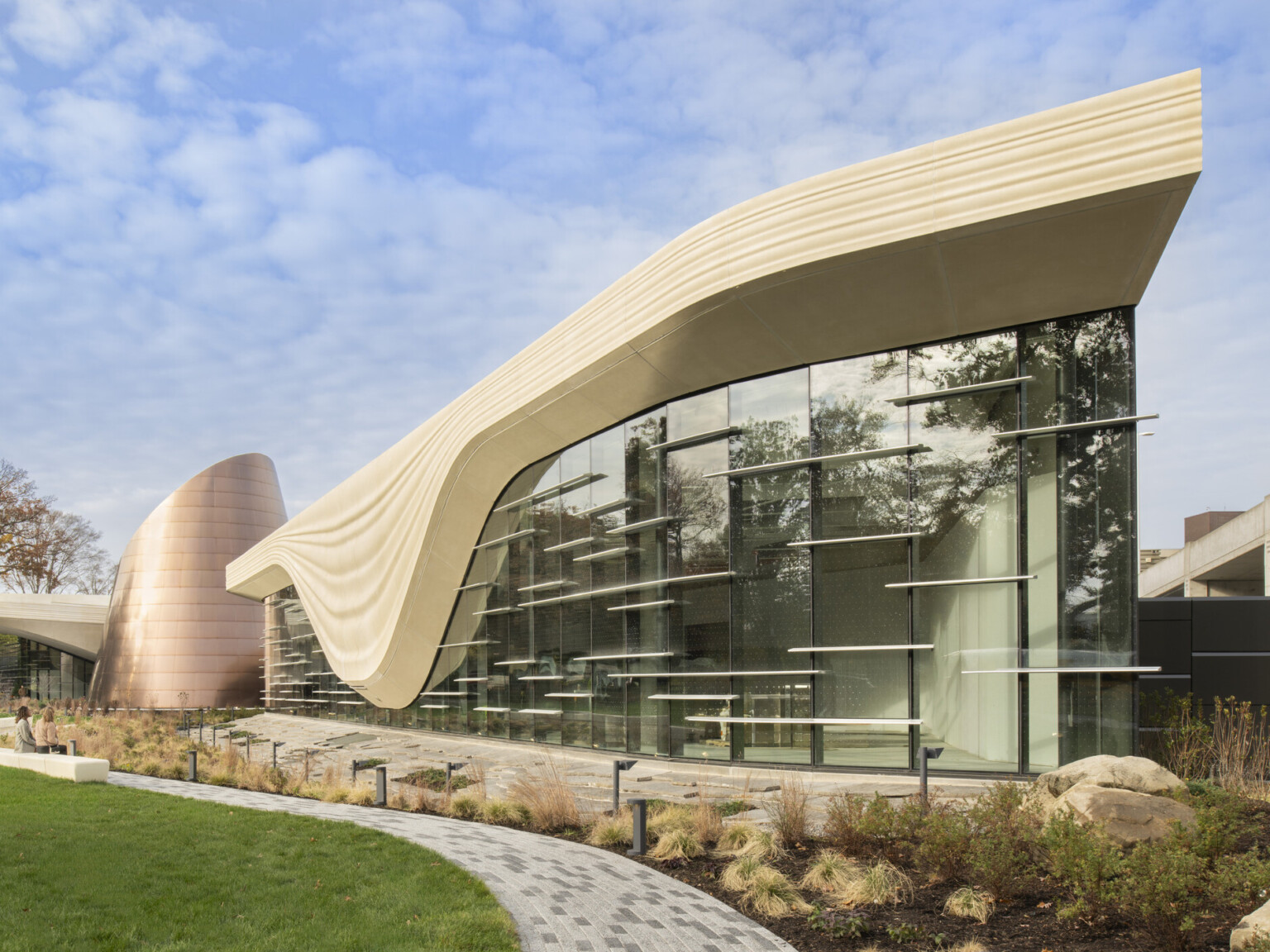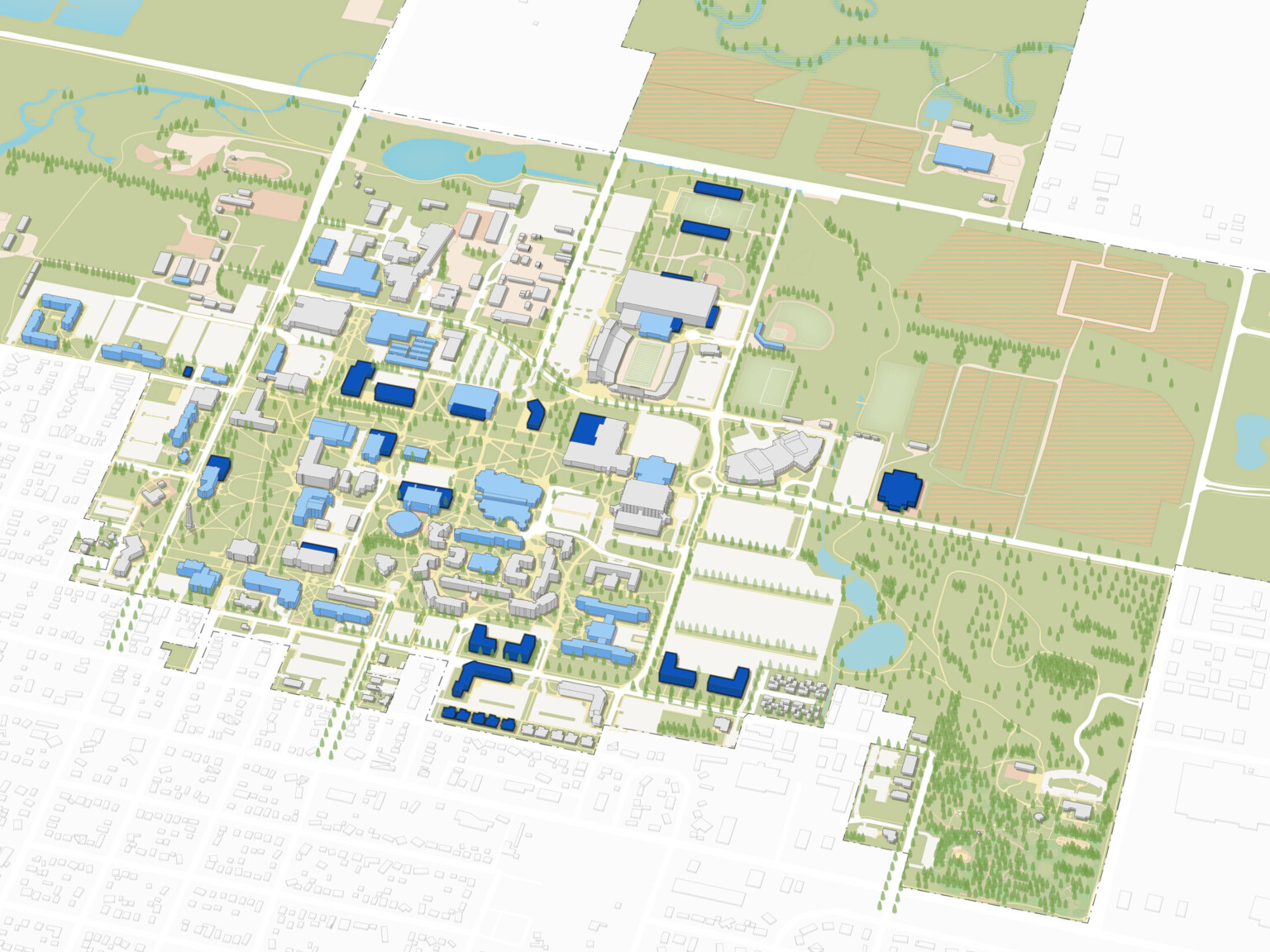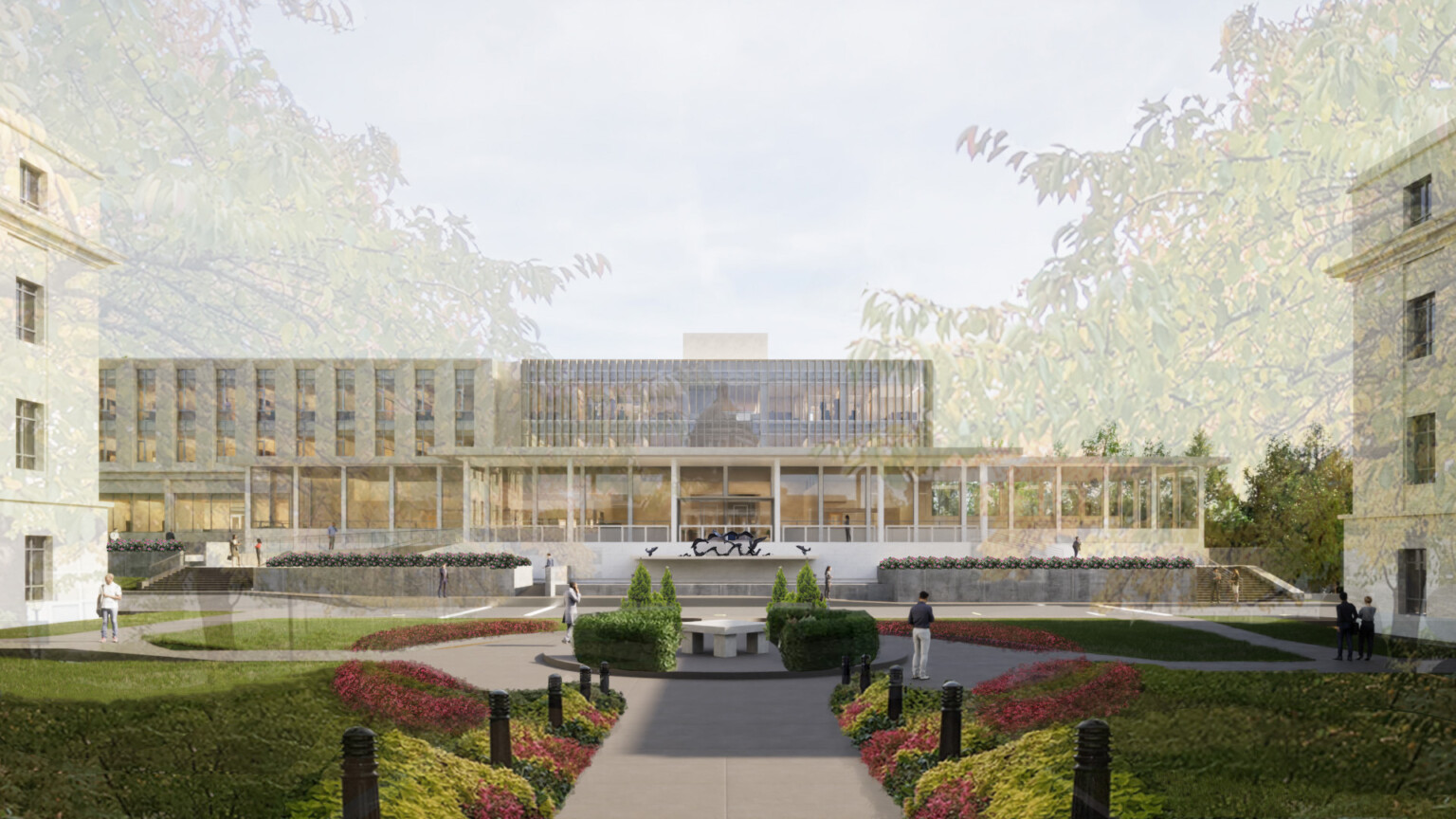
Reimagining the Past: The Sustainable Imperative of Adaptive Reuse
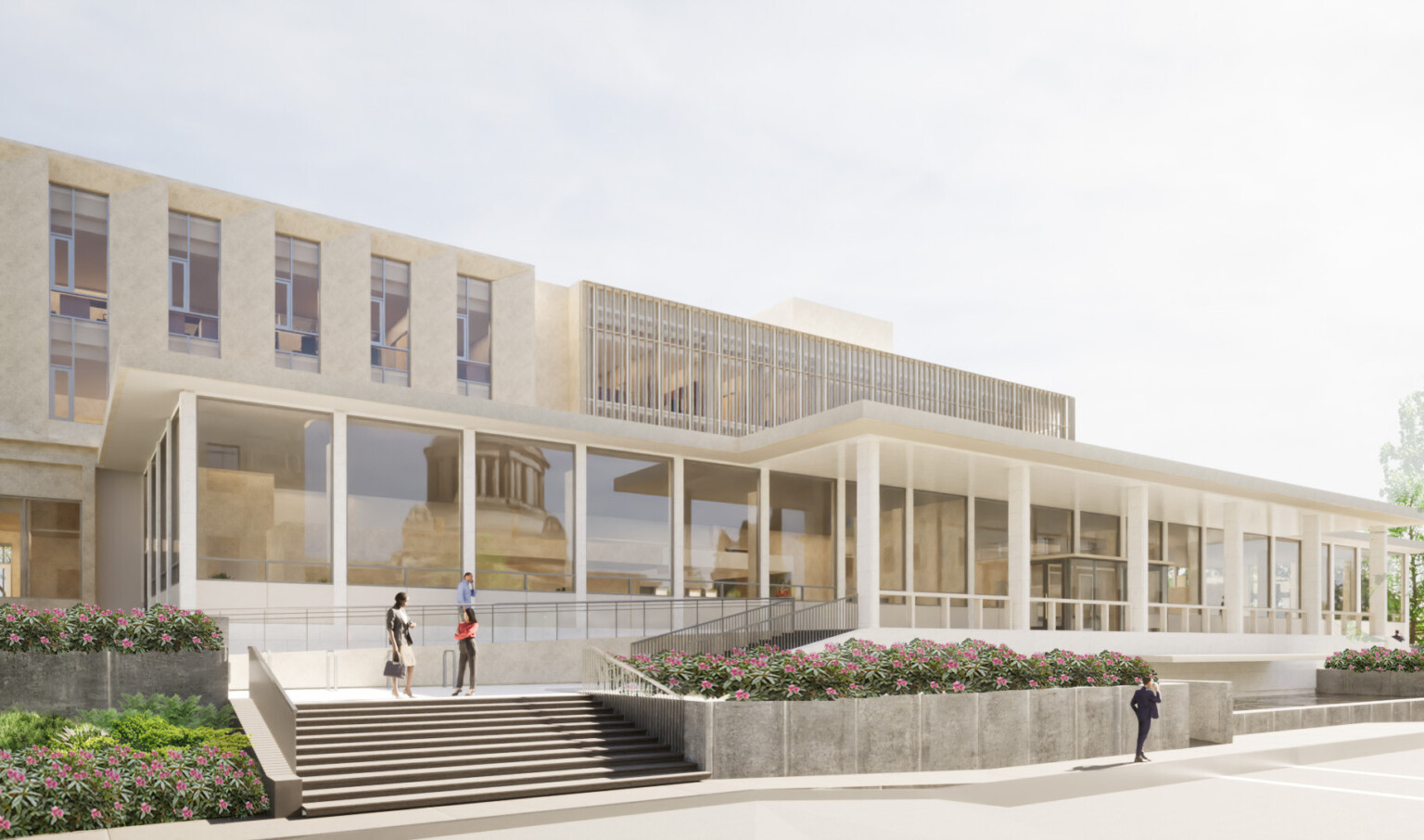
The Environmental Case for Reuse
Constructing new buildings consumes vast amounts of resources and energy, contributing significantly to global carbon emissions. In contrast, adaptive reuse architecture capitalizes on the embodied energy of existing structures, minimizing the need for new materials and reducing construction waste. If you need more information on emissions, watch our Carbon 101 video to get a quick rundown.
For our Portland Building Reconstruction project, preserving original frameworks and integrating modern systems minimized environmental disruption while extending a historic icon’s functional lifespan.
Preserving Cultural Identity
Adaptive reuse design is not solely an environmental strategy; it’s also a means of safeguarding cultural and historical identity. Historic buildings often embody the narratives of their communities. Take, for example, the preservation planning work that DLR Group has been doing with the National Trust for Historic Preservation as part of their Historically Black Colleges and Universities Cultural Stewardship Initiative. The preservation plans developed by our firm for HBCUs like Philander Smith University, Lane College, and Morris College provide a critical framework for the stewardship of campus historic resources to ensure long-term preservation. These plans give institutions the information to plan for the highest, best use of their historic buildings while maintaining their important legacy.
Economic and Social Benefits
Beyond environmental and cultural considerations, adaptive reuse design offers economic advantages. Renovating existing structures can be more cost-effective than new construction, particularly when factoring in demolition costs and the expenses associated with new materials. Moreover, such projects can stimulate local economies by creating jobs and attracting tourism.
Socially, repurposed buildings can address community needs, providing spaces for housing, education, or public services. DLR Group’s renovation of the Joel M. Pritchard building transforms a previously vacant library into a functional workspace for state staff and demonstrates how adaptive reuse design can serve evolving public needs.
A Call to Action
As we confront the challenges of climate change and urbanization, the architectural profession must prioritize sustainable practices. Adaptive reuse design stands out as a strategy that aligns environmental responsibility with cultural preservation and economic pragmatism.
These examples of successful reuse projects underscore the potential of this design approach. By reimagining our existing structures, we not only honor our heritage but also pave the way for a more sustainable and resilient future.

